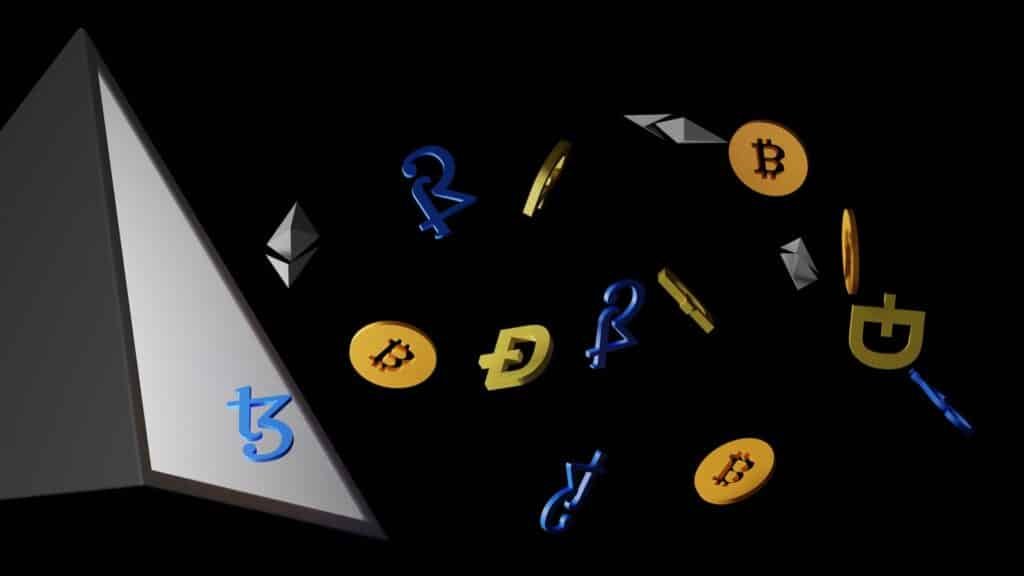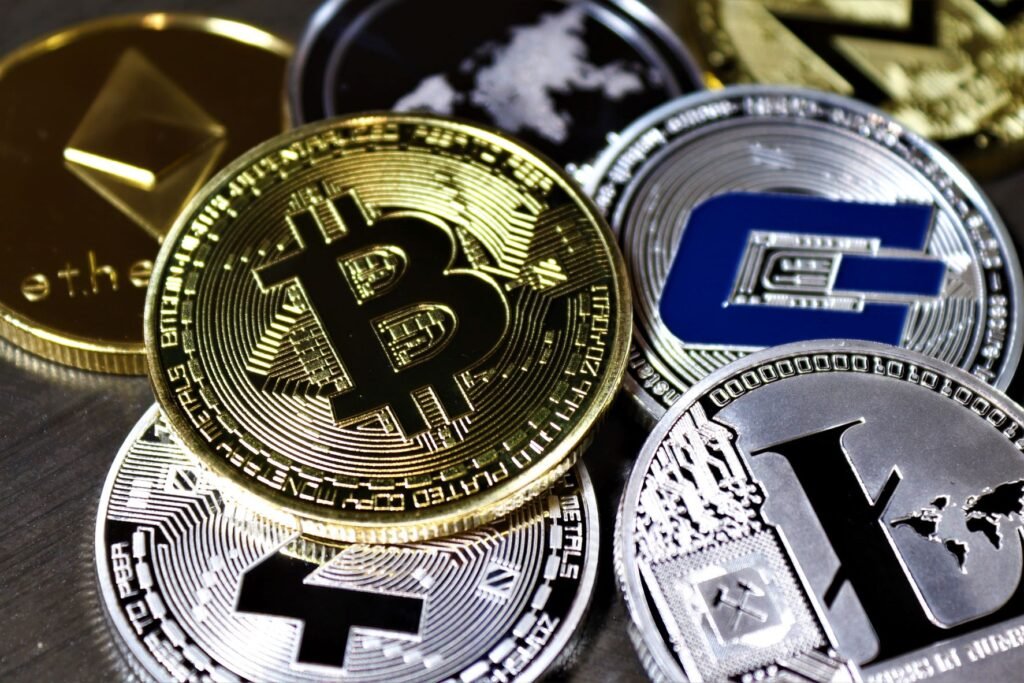
Cryptocurrencies, coins, tokens. For a person who is just discovering the world of crypto, all these concepts look like synonyms. The fact that all of them have different translations in different languages is also confusing.
Decentralization and the difference between cryptocurrencies and tokens
First of all, it is important to get the simplest difference between tokens and coins (or cryptocurrencies). If a coin (Bitcoin or Ethereum) has its own network on which it operates (that is, blockchain), then tokens just use existing cryptocurrency blockchains. For example, such well-known tokens as EOS (EOS) or TRON (TRX) operate on the Ethereum blockchain.
That is why a token cannot be called a cryptocurrency in its usual sense. In a general sense, it is a universal accounting unit of some liquid asset: a token or promo code for calculating some project in the digital world. As a rule, token management occurs within a pre-described set of rules or a smart contract. Special web or mobile Apps provide access to the token via an electronic signature. The majority of the tokens carry out their work on the Ethereum blockchain according to the ERC-20 standard.
The main feature of the crypto economy is the principle of decentralization, which means a coin or token does not have a single emission centre. A digital asset is mined on computers or servers located around the world.
To make it all easier, let us call tokens and coins crypto assets, which are both centralized and decentralized. There are much fewer centralized ones, but even this centralization of them turns out to be conditional, given the very features of the blockchain mechanism.
DeFi – New Reality in the Crypto Industry
The decentralized logics of managing crypto assets resulted in the emergence of a new trend under the general name DeFi. If earlier the blockchain was used mainly for carrying out irrevocable and indisputable transactions, then DeFi repeatedly expands the initial financial possibilities of using this technology.
The capitalization of DeFi services has been constantly growing in recent years together with the bitcoin exchange rate, and currently it exceeds the $55 billion mark. But this does not mean that the relatively centralized niche of traditional cryptocurrencies would be gradually destroyed because of all this. Binance Coin (the crypto asset of the popular Binance exchange) still performs great against this background, despite the fact that its issue is carried out by certain people, which makes it quite centralized.
As for DeFi, it prefers to distance itself from crypto platforms in its usual perception. Such projects offer users to provide or take loans within one peer-to-peer platform, for example, as well as to mine (farm) tokens to confirm your activity on a specific website for the sake of earning. It makes sense that the absolute majority of DeFi projects issue their own tokens to motivate their users.
Some DeFi projects you should pay attention to
- DFI.Money (YFII). The purchase of this token involves generating income through combined liquidity and trading with leverage (marginality).
- WING (WING) is a lending infrastructure represented in the form of crypto assets of various blockchains based on decentralized risk management.
- AAVE (LEND). A popular online platform with an open source code for issuing and granting loans without the need to specify any personal data. The policy of setting interest rates is regulated algorithmically based on the market conditions. With the LEND token, you can vote for any changes in the operation of the system protocol, and the value of the vote is proportional to the amount of investment.
- UNISWAP (UNI). The platform allows you to mutually convert Ethereum cryptocurrency into ERC-20 tokens with a minimum commission. The decentralized UNI token is listed on the Binance exchange, opening up to its holders its voting opportunities in project management.
- SUSHISWAP (SUSHI). The operation of the service is based on a pool of liquidity (real monetary assets). Project investors are rewarded with SUSHI tokens, even after withdrawing their funds.
- SYNTHETIX (SNX). This is an Ethereum platform for generating so-called “synthetic assets” or “synths”. Their value is based on the value of real or cryptocurrency assets. Users exchange “synths” secured with SNX tokens without intermediaries, and their owners are interested in holding them for a fee.
- AUGUR (REP). A free decentralized peer-to-peer platform based on Ethereum smart contracts, which allows users to create precedents for predicting any events in the real world to get additional earnings.

Where is the line between DeFi coins and tokens?
An attentive reader has probably already managed to draw a dividing line not just between cryptocurrencies (coins) and tokens, but also between DeFi-coins and tokens. There is a rather tangible line here, which should definitely be marked for us.
These crypto assets can rotate on different blockchains, but the essence of their functioning lies in the decentralization algorithm itself. And here we return to the key concept: if there is decentralization, then the principle of issuing tokens is observed without reference to the decisions of a specific group of people. The determining factor here is the peculiarities of the work of the software mechanisms themselves or smart contracts.
We understand that there are tokens or even cryptocurrencies that are issued by specific projects for the needs of users. For example, to pay transaction fees. The same BNB coin from the Binance exchange is a motivating asset in terms of elementary savings on trading and transaction costs. And in this vein, we cannot in any way consider BNB as a decentralized token.
In a simplified sense, there are decentralized tokens for us, the nature of which is far from the traditional bitcoin blockchain. Among them are the so-called utility or utility tokens (utility tokens). These are crypto assets that provide users with a certain utility in order for them to access various service or network capabilities. Useful tokens have been actively taken into circulation by the gaming industry.
Let’s recall the NFC technology when gamers exchange game artefacts in the blockchain of the project, which are non-interchangeable tokens. And this is probably the most striking example of DeFi-decentralization!
